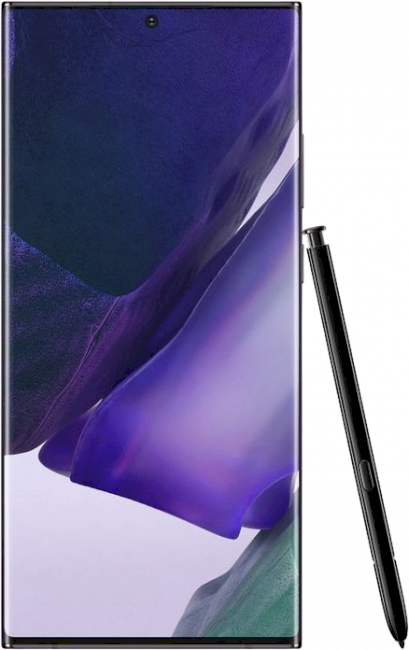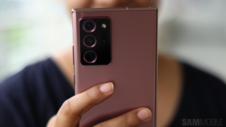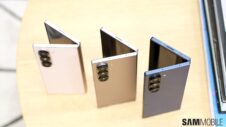Samsung has fully committed to a two-phone release strategy for the Galaxy Note series, with the company's latest S Pen flagships having been unveiled at Galaxy Unpacked 2020 as the Galaxy Note 20 and Galaxy Note 20 Ultra. Two sides of the same coin, except they are very different from one another.
The Galaxy Note 20 and Galaxy Note 20 Ultra have a similar moniker, they share a few hardware components under the hood, and they follow the same base design language. However, much like we've suspected following the recent wave of leaks, there are enough differences between the two models to warrant a close side-by-side comparison and to put into question Samsung's decision not to label the Note 20 as a Lite model.
Completely different display philosophies
Starting with the most visible component of all, the display, the Galaxy Note 20 features a 6.7-inch Full HD+ panel with a 60Hz refresh rate. Of the two models, only the Galaxy Note 20 Ultra benefits from 120Hz, and similar to the Galaxy S20 series, there is no 120Hz support for QHD resolutions out of the box.
The Galaxy Note 20's display is not only smaller (6.7-inch vs. 6.9-inch) but it also has a flat design, whereas the Galaxy Note 20 Ultra's panel has reminiscences of a cu display. In a way, this is a win for the base model, as a flat panel is arguably a better pair for the S Pen. However, the S Pen experience itself is not the same across both models, and these differences go beyond the surface of the screen.
Same Galaxy Note series, different S Pen
Last year's Galaxy Note 10 and Galaxy Note 10+ duo came with the same S Pen but Samsung has decided to switch gears in 2020. The Galaxy Note 20 Ultra features a brand new S Pen boasting a latency of only 9ms, while the Galaxy Note 20 S Pen appears to have gotten some, but not all of the new improvements.
The Note 20 S Pen is an upgrade over the 42ms S Pen that was shipped along with the Galaxy Note 10 series, as Samsung claims it brings a 40% improvement over the previous generation. However, the Galaxy Note 20 and Galaxy Note 20 Ultra don't share the same S Pen, or at the very least, they won't be functioning the same because of different display digitizers.
Old versus new Gorilla Glass, glass versus plastic
Unlike last year, Samsung had also cut some corners in terms of build quality for the base Galaxy Note 20 model. As a result, Galaxy Note 20 buyers won't be getting Gorilla Glass 7 / Victus on the front and back panels like future Galaxy Note 20 Ultra owners will.
In fact, they won't be getting Gorilla Glass 6 either. Instead, the Galaxy Note 20 takes a step backwards and adopts Gorilla Glass 5 as its built-in display protection.
Gorilla Glass is missing altogether form the back panel, but that may be a good thing after all. Both models have a stainless steel frame and they retain an IP68 rating for water and dust resistance.
Different cameras
Readers who are familiar with the Galaxy S20's camera setup already know all there is to know about the Galaxy Note 20's sensors, as they are virtually identical. The base flagship offers a 12MP main camera with an f/1.8 aperture, a 64MP (f/2.0) telephoto shooter, and a 12MP ultra-wide unit.
Meanwhile, the Galaxy Note 20 Ultra has the same 108MP main camera as the Galaxy S20 Ultra but pairs it with a different 12MP telephoto shooter capable of 50x hybrid zoom. The phone has the same 12MP ultra-wide unit as the regular Galaxy Note 20. New to the table is the laser autofocus module which could address many of the autofocus issues experienced by the Galaxy S20 Ultra early on.
Both the Galaxy Note 10 and Note 10 Ultra have a 10MP selfie camera embedded in the Infinity-O display.
Other similarities and differences
The Galaxy Note 20 and Galaxy Note 20 Ultra have the same Exynos 990 or Snapdragon 865+ chipset under the hood, and the choice between the two solutions is market-dependant. Either way, the Galaxy Note 20 adopts 8GB of RAM, whereas the Galaxy Note 20 Ultra offers 12GB as long as it's the 5G model. The LTE variant has been limited to 8GB of RAM.
Storage-wise, the base model ships with 256GB, non-expandable. The Galaxy Note 20 Ultra wins over the base model again because it offers a second 512GB option and it comes with a microSD card slot.
As expected, the Galaxy Note 20 has a 4,300mAh battery with 25W fast charging, 15W fast wireless charging, and 9W reverse wireless charging. The Galaxy Note 20 Ultra features a 4,500mAh battery with 45W fast charging capabilities (charger is sold separately), and the same wireless and reverse wireless charging capabilities as the Galaxy Note 20. Both phones run Android 10 and Samsung's latest One UI 2.5, and 5G availability is, once again, market-dependant.
You can check our new online comparison tool for a closer look at how the Galaxy Note 20 and Galaxy Note 20 Ultra stack up one against the other. Stay tuned for our upcoming reviews, and until then, let us know in the comment section which one of the two new Galaxy Note 20 models you'd rather buy.
General Information
-
Model Name
Galaxy Note 20
Galaxy Note 20 Ultra
-
Model type
Bar
Bar
-
Colors
Bronze (Mystic Bronze)Black (Mystic Black)White (Mystic White)
Black (Mystic Black)Bronze (Mystic Bronze)White (Mystic White)
-
Announced
2020, August
2020, August
-
Released
2020, August
2020, August
Physical specifications
-
Dimensions
Bar: 161.6 x 75.2 x 8.3 mm
Bar: 164.8 x 77.2 x 8.1 mm
-
Weights
192g
208g
-
IP rating
IP68
IP68
Operating system
-
Operating system
Android 11
Android 11
-
One UI version
3.0
3.0
Networks
-
SIM
Dual SIM model (Hybrid SIM slot)
Dual SIM model (Hybrid SIM slot)
-
SIM card sizes
Nano-SIM (4FF)
Nano-SIM (4FF)
-
Networks
2G3G4G
2G3G4G
-
eSIM support
Yes
Yes
Display
-
Kind
Main Display
-
Name
Infinity-O Display
Infinity-O Display
-
Technology
Super AMOLED Plus
Dynamic AMOLED 2X
-
Size
6.7 inch / 170.18 mm
6.9 inch / 175.26 mm
-
Resolution
FHD+ / 2400x1080 pixels
WQHD / 3088x1440 pixels
-
Pixel density
393 PPI
496 PPI
SamsungGalaxy Note 20
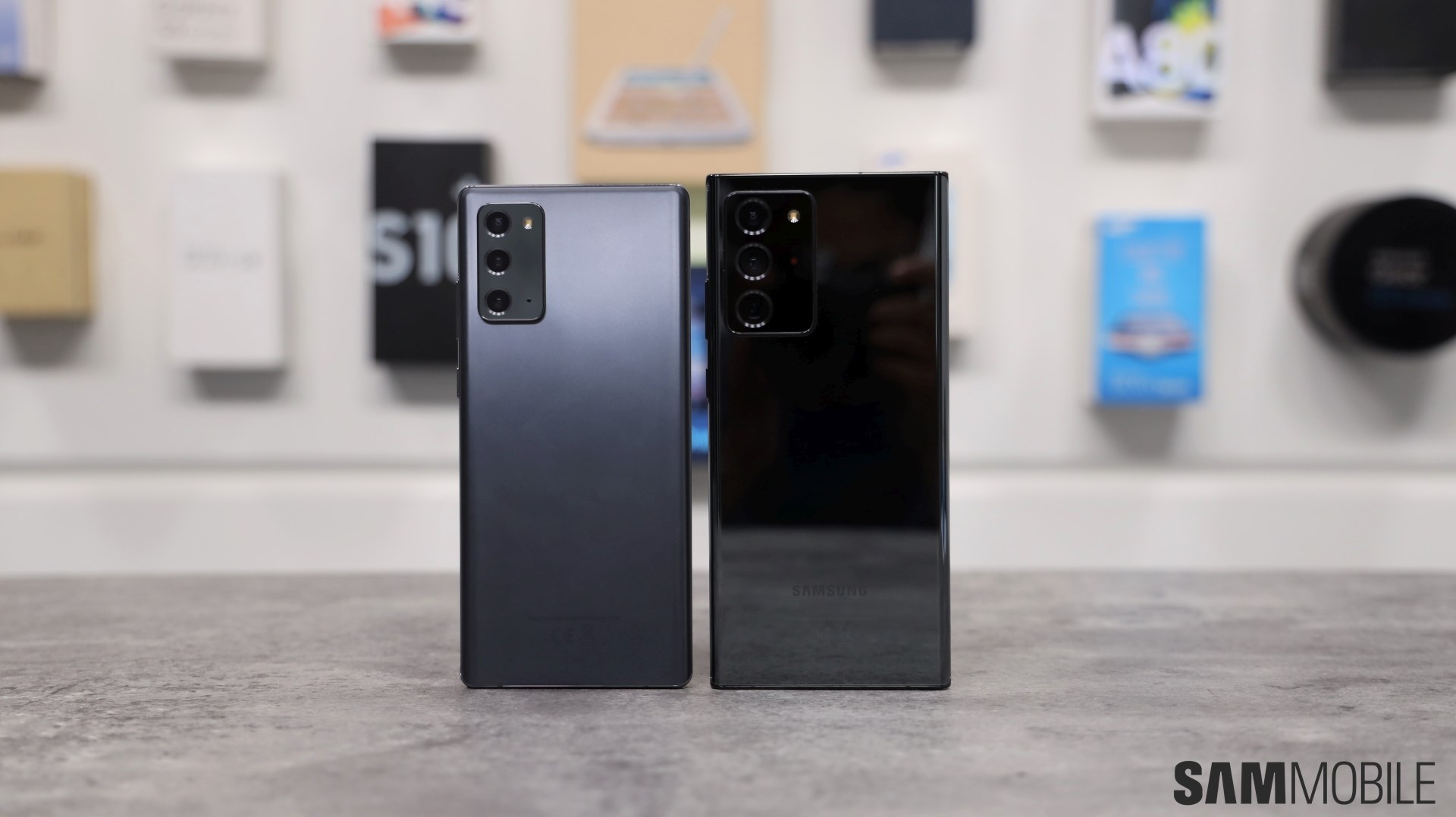
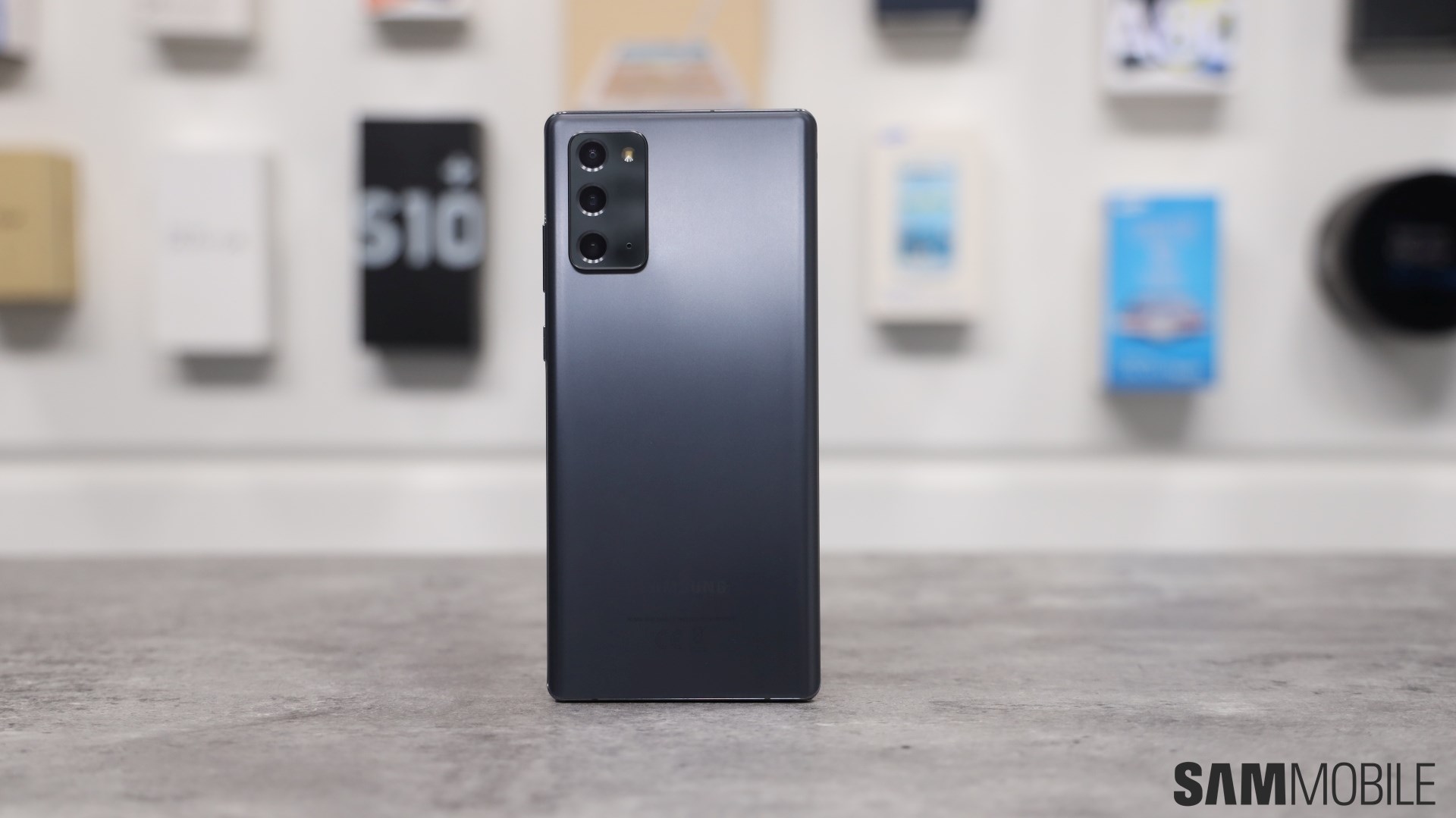
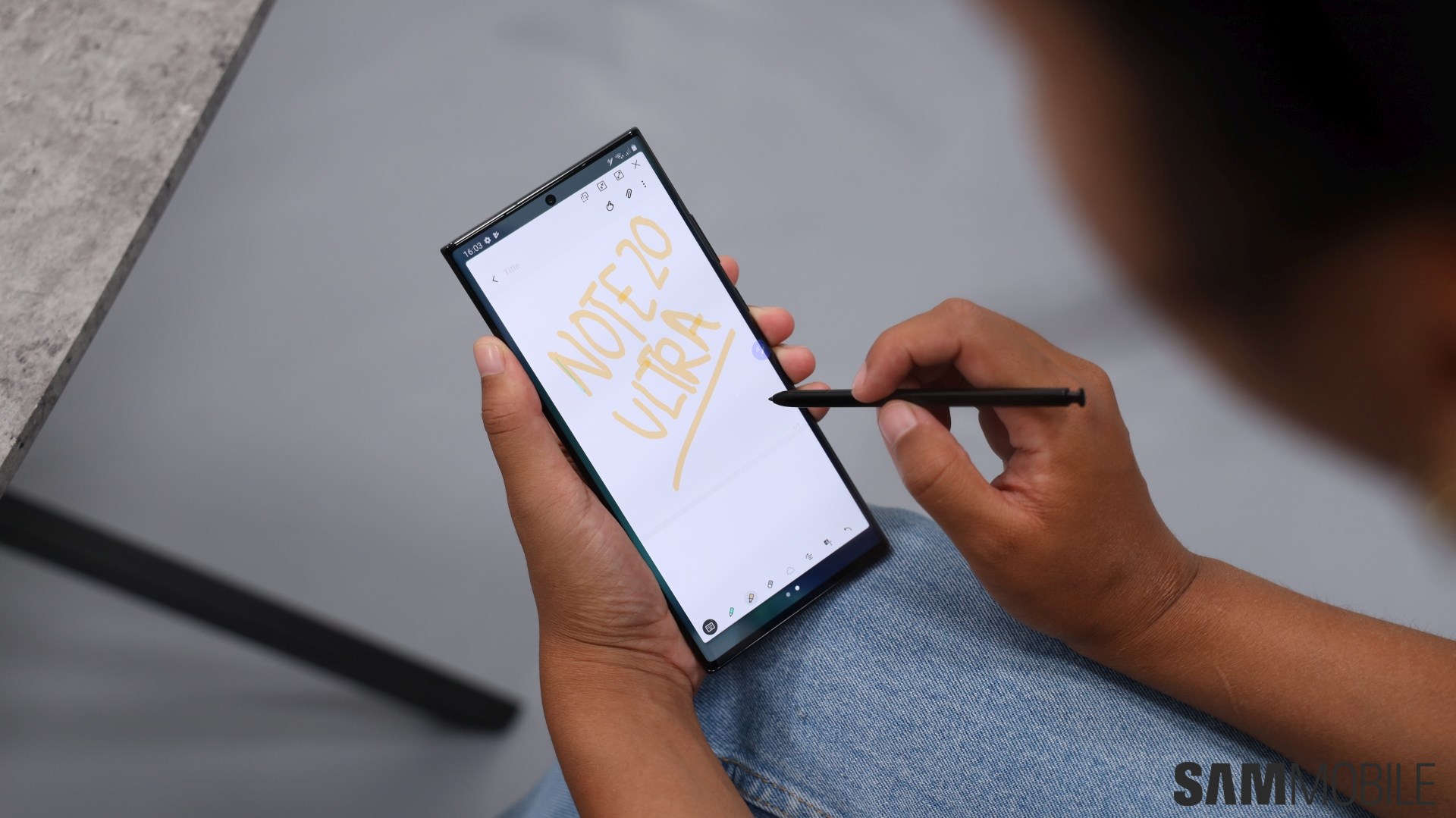
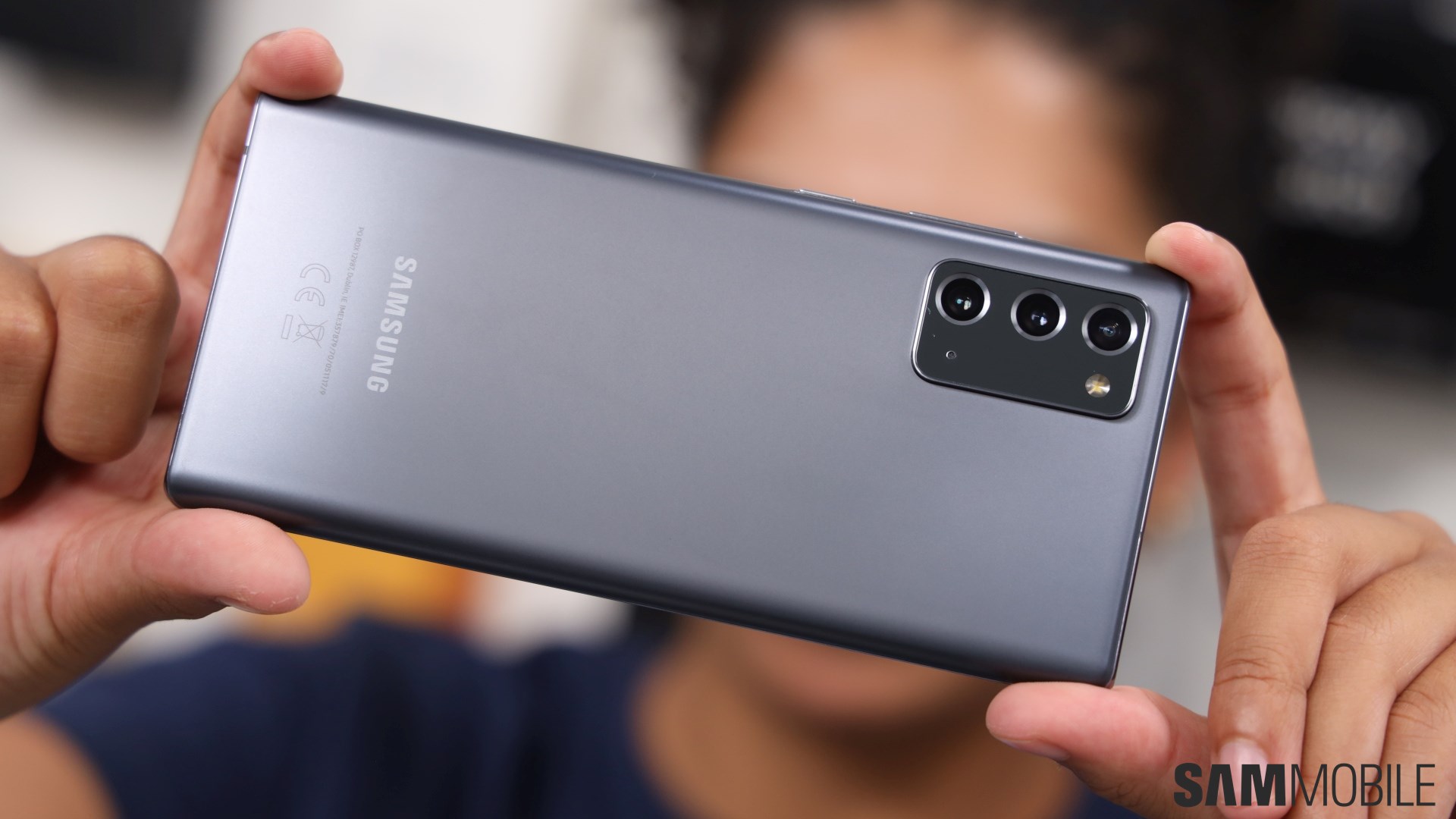
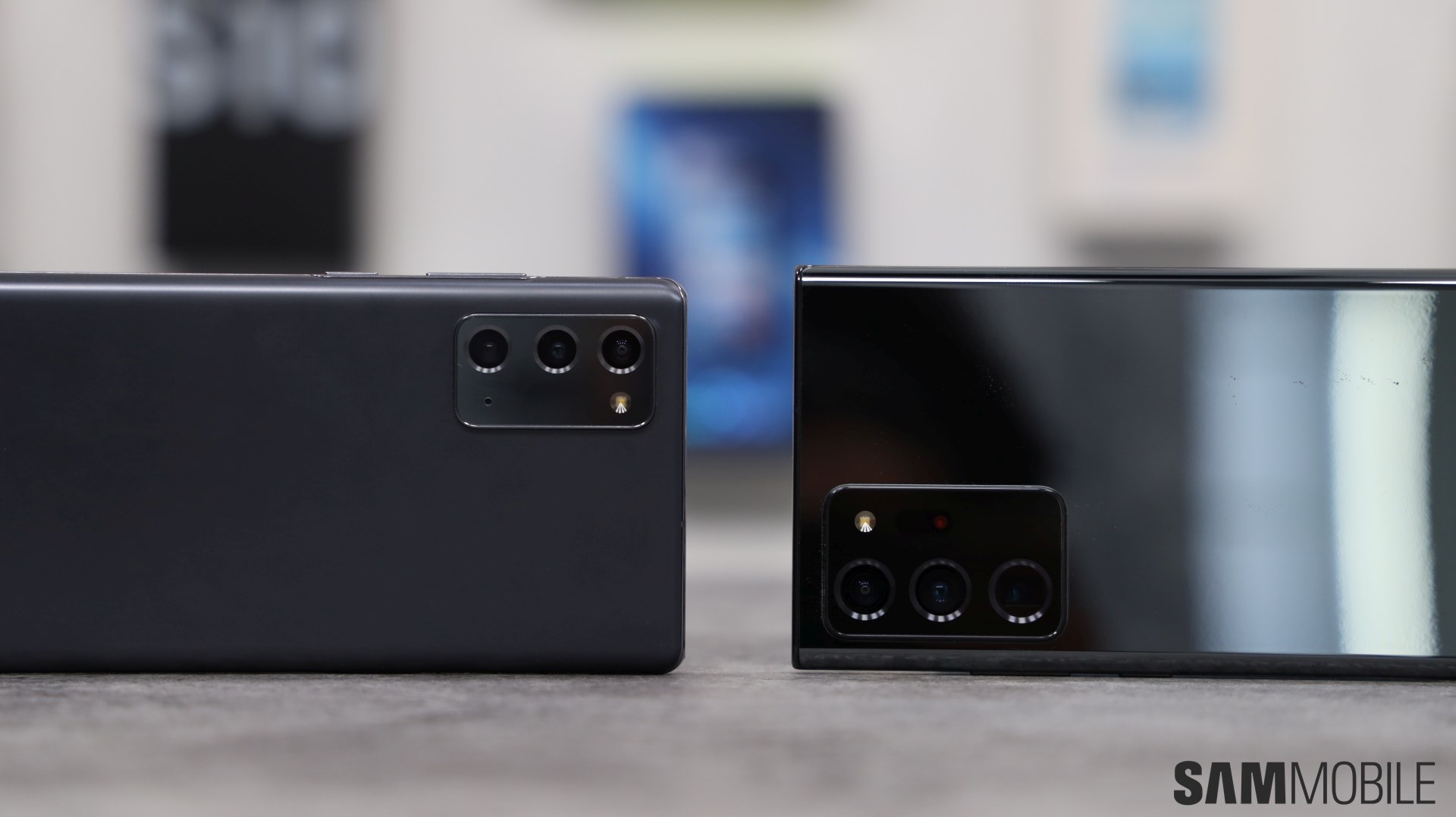
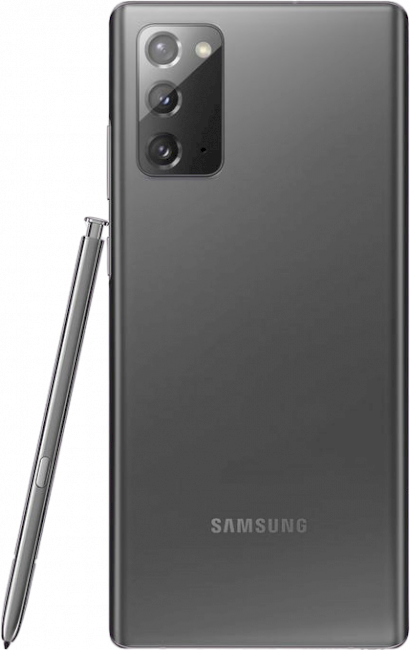
.png?1596633594)
.png?1596633593)
.png?1596633593)
.png?1596633592)
.png?1596633590)
.png?1596633588)
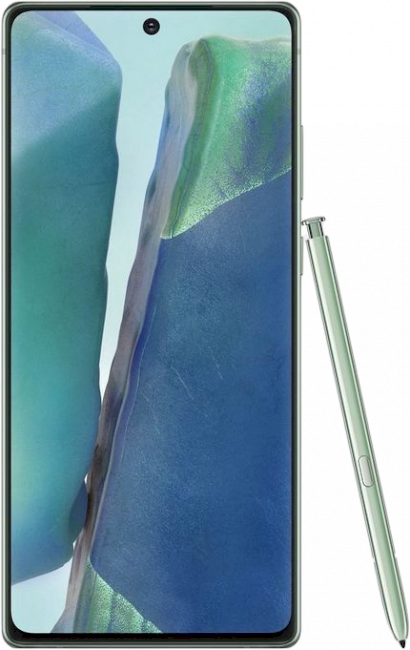
.png?1596633585)
.png?1596633585)
.png?1596633584)
.png?1596633583)
.png?1596633581)
.png?1596633580)
.png?1596633579)

.png?1596633575)
.png?1596633573)
.png?1596633572)
.png?1596633571)
.png?1596633571)
.png?1596633570)
.png?1596633569)
.png?1596632920)
.png?1596632919)
.png?1596632918)
.png?1596632917)
.png?1596632915)
.png?1596632914)

.png?1596632910)
.png?1596632910)
.png?1596632909)
.png?1596632908)
.png?1596632906)
.png?1596632905)
.png?1596632904)
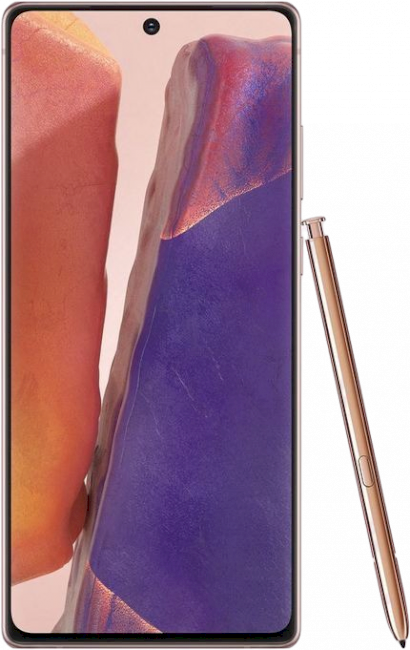
.png?1596632902)
